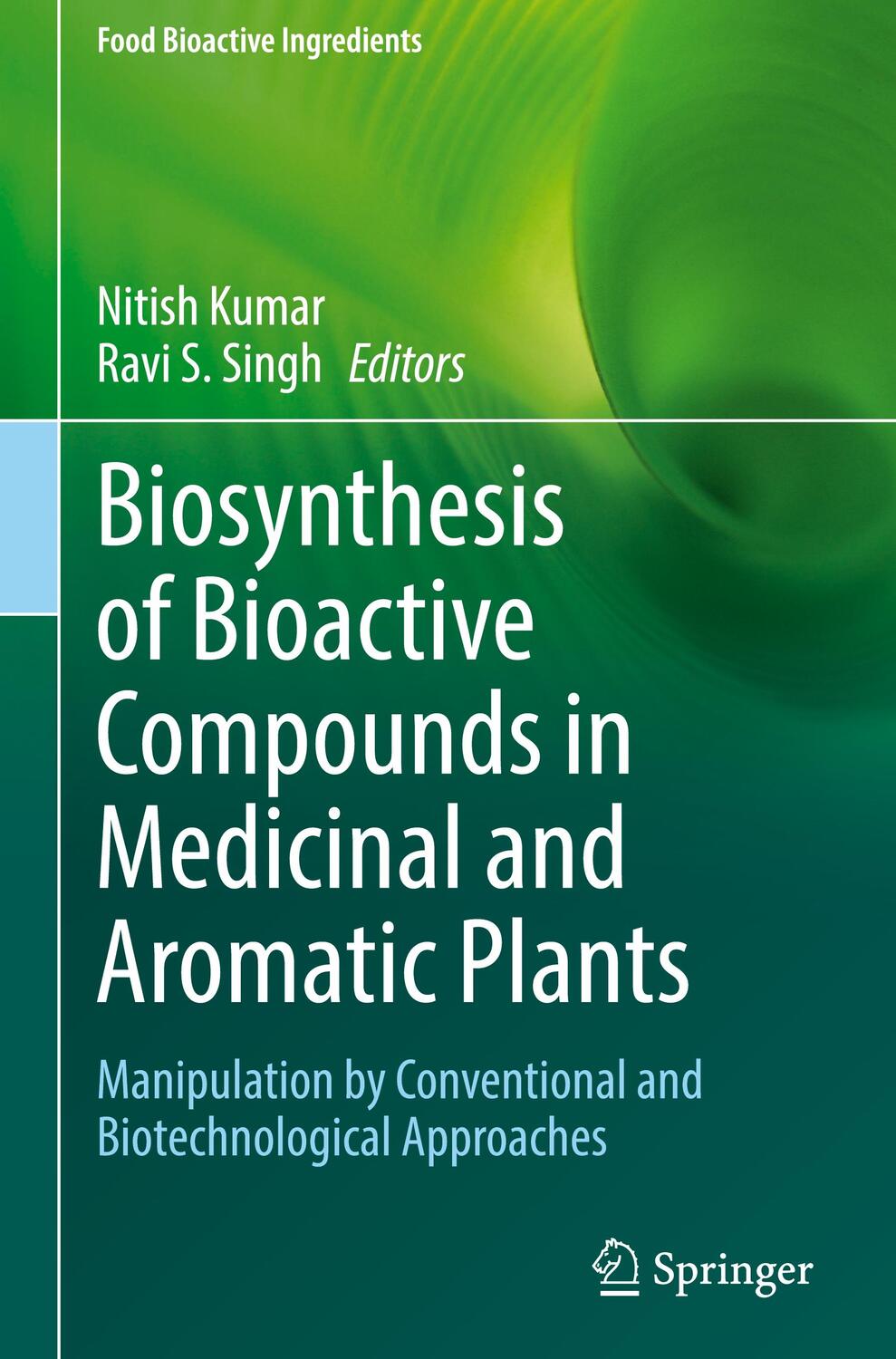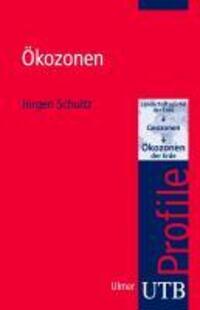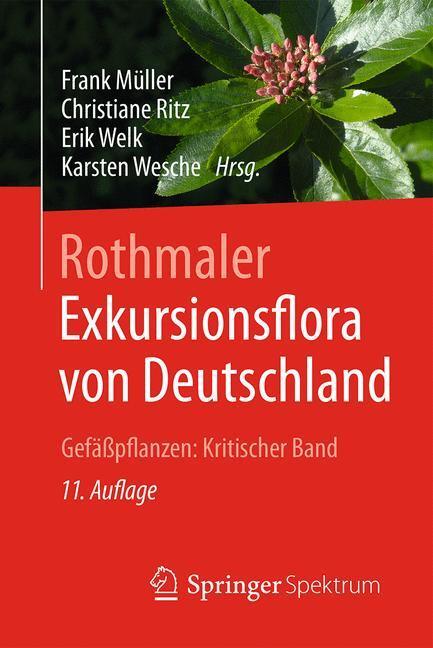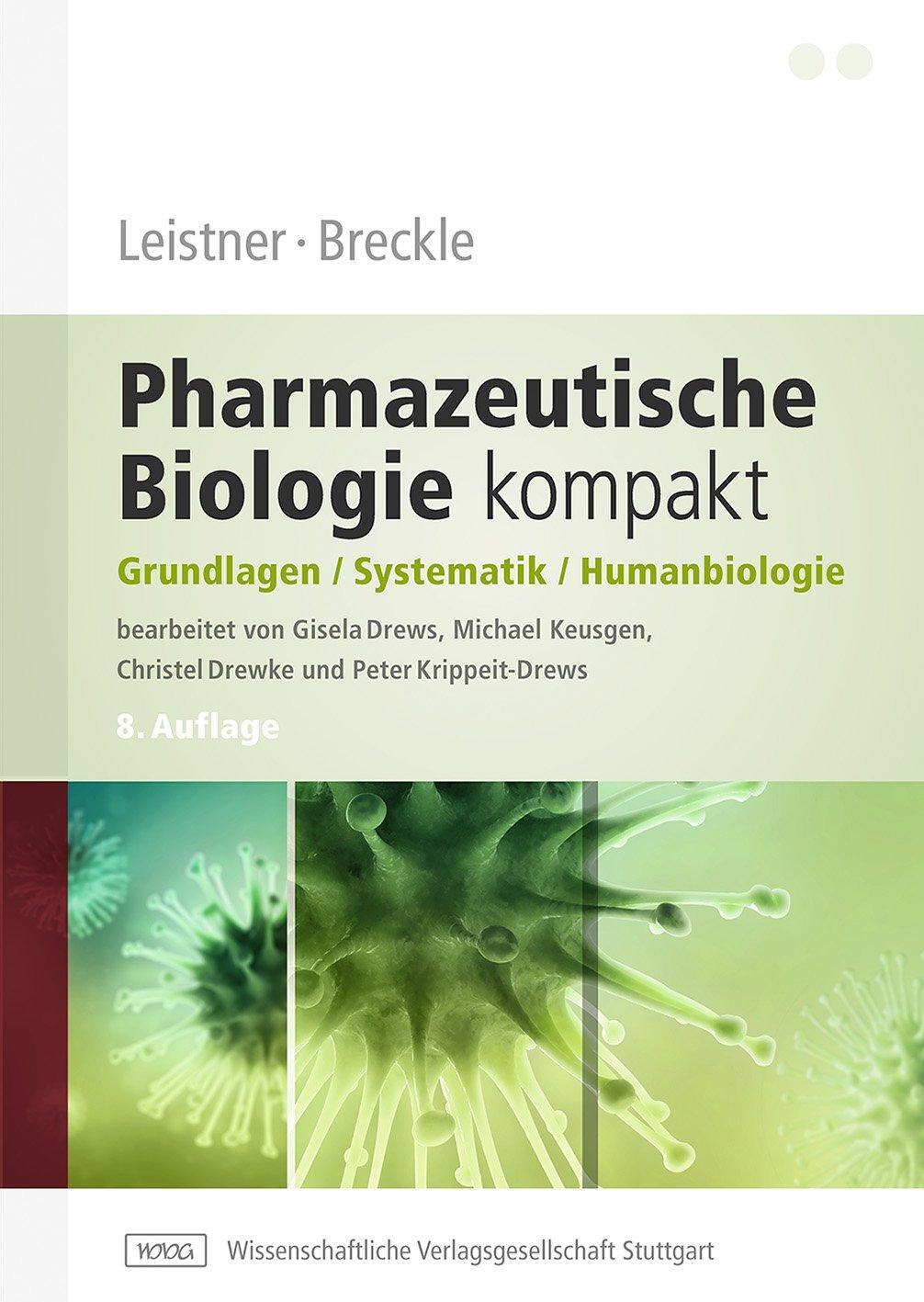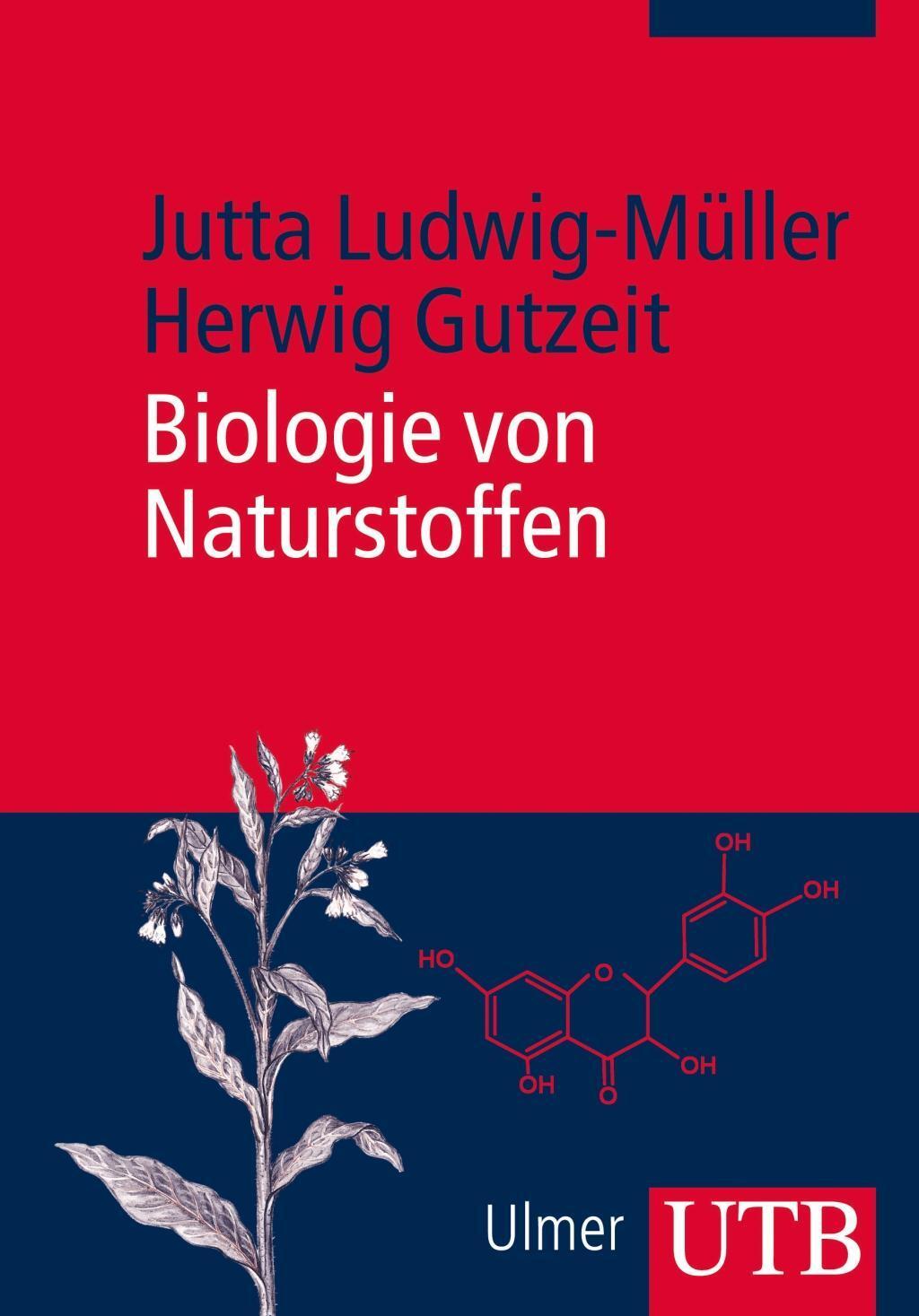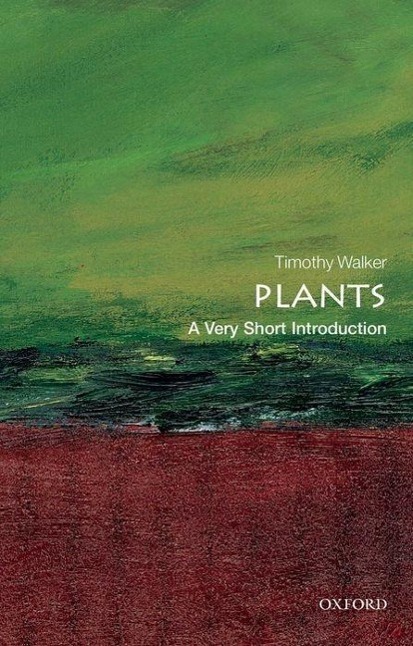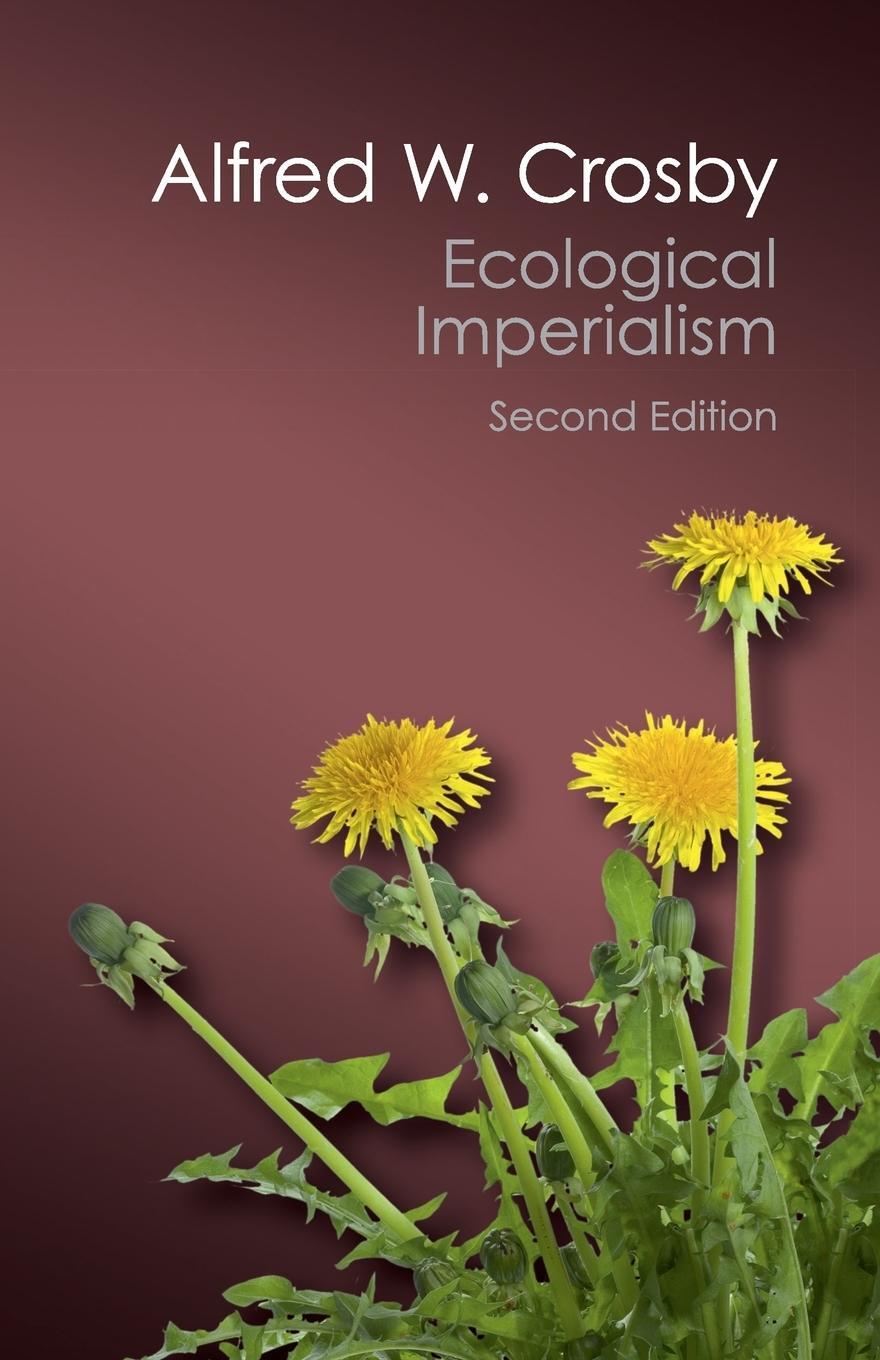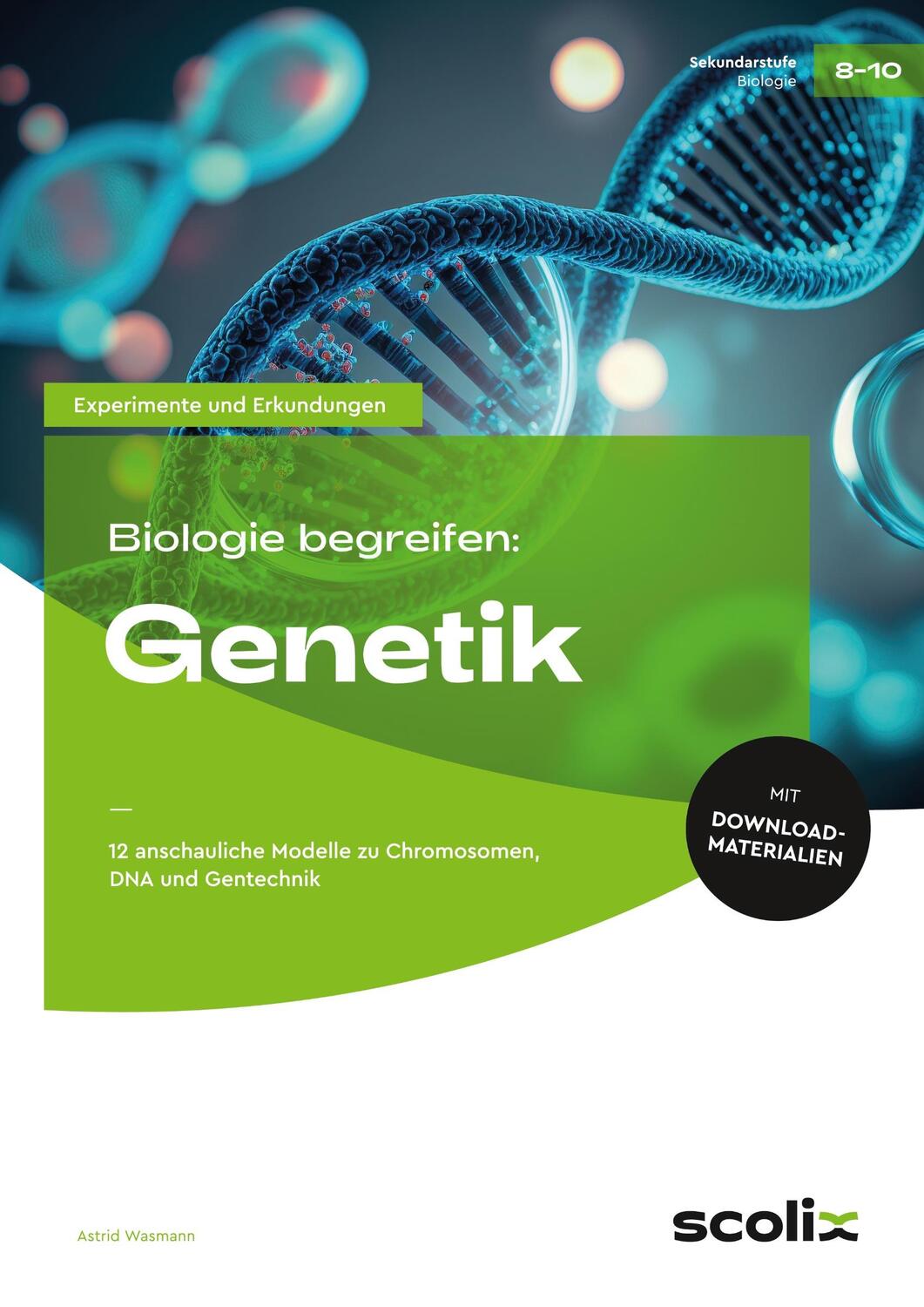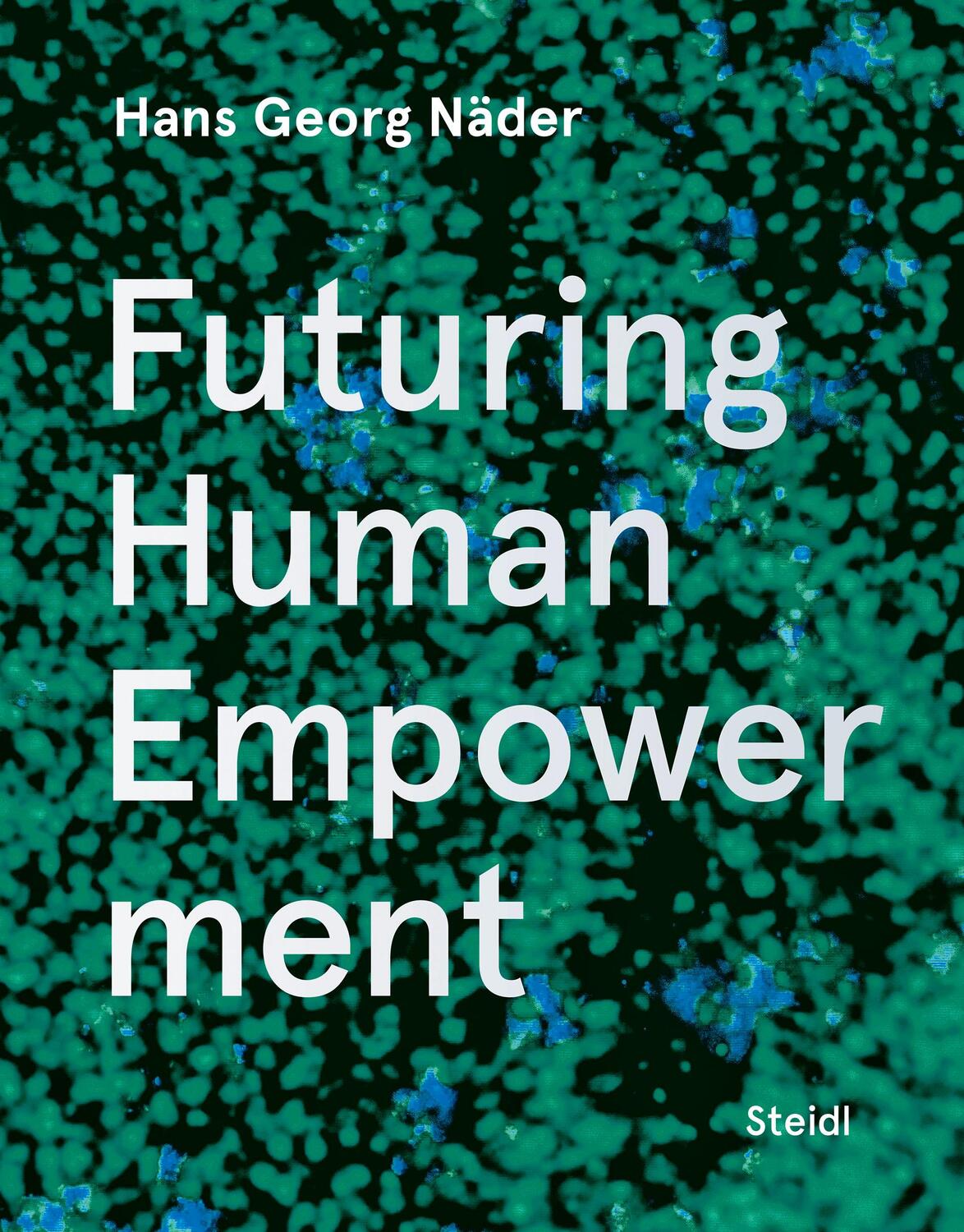126,95 €*
Versandkostenfrei per Post / DHL
Lieferzeit 2-3 Wochen
Biosynthesis and Manipulation of Bioactive compounds in Medicinal and Aromatic Plants provides a comprehensive introduction and review of the state-of-the-art biotechnological tools used in enhancement of bioactive compounds in medicinal and aromatic plants. Readers will find a systematic overview of techniques such as Omics, Crisper /Cas9 and RNAi to enhance plant bioactive contents including various in vitro techniques, hairy root culture and transgenic technology to enhance plant bioactive contents using plant tissue culture approaches. The chapters provide an overview of the role of induced mutation, biotic and abiotic stress to increase the bioactive contents in plants, plus the role of endophytes to enhance the contents of plant bioactive compounds and standard operating procedures using hydroponics system of cultivation for significant enhancement of bioactive compounds.
This book serves as a single source for researchers working in plant secondary metabolites and the pharmaceutical industry.
Biosynthesis and Manipulation of Bioactive compounds in Medicinal and Aromatic Plants provides a comprehensive introduction and review of the state-of-the-art biotechnological tools used in enhancement of bioactive compounds in medicinal and aromatic plants. Readers will find a systematic overview of techniques such as Omics, Crisper /Cas9 and RNAi to enhance plant bioactive contents including various in vitro techniques, hairy root culture and transgenic technology to enhance plant bioactive contents using plant tissue culture approaches. The chapters provide an overview of the role of induced mutation, biotic and abiotic stress to increase the bioactive contents in plants, plus the role of endophytes to enhance the contents of plant bioactive compounds and standard operating procedures using hydroponics system of cultivation for significant enhancement of bioactive compounds.
This book serves as a single source for researchers working in plant secondary metabolites and the pharmaceutical industry.
Nitish Kumar is Senior Assistant Professor at the Department of Biotechnology, Central University of South Bihar, Gaya, Bihar, India
Dr. Ravi S. Singh is an Assistant Professor in the Department of Plant Breeding and Genetics at Bihar Agricultural University, Sabour, Bihar, India
Provides a review of the tools used in enhancement of bioactive compounds in medicinal and aromatic plants
Presents a systematic overview of techniques such as Omics, Crisper /Cas9 and RNAi
Studies the role of induced mutation, biotic and abiotic stress to increase the bioactive contents in plants
1. Genetic Manipulation in medicinal plants for enhancement of Plant Bioactive compounds.- 2. Exploring endophytes for in vitro synthesis of bioactive compounds in medicinal and aromatic plants.- 3. Omics approaches to study the biosynthesis of bioactive compounds in Medicinal and Aromatic Plant.- 4. Phytochemical diversity and biological activity of basil (Ocimum L.) : Secondary metabolites produced in vitro.- 5. In silico screening - An effective option in exploring Plant metabolites as Biopharmaceutics.- 6.Extreme water-stress on metabolite and elemental accumulation in Plectranthus amboinicus, an aroma-medicinal plant.- 7. RNA Interference (RNAi): A Genetic Tool to Manipulate Plant Secondary Metabolite Pathways.- 8. CRISPR/ Cas 9: Novel Techniques for Enhancing Bioactive Compound Production in Medicinal Plants.- 9. New insights for the production of medicinal plant materials: Ex vitro and in vitro propagation.- 10. Conventional approaches toward production of secondary plant metabolites.- 11. Novel secondary metabolites in tea and their biological role in communicable and non communicable human diseases.- 12. Regulation of Photochemical properties of Hawthorn: a Crataegus species.- 13. Hairy Root Cultures-A Versatile Tool of Secondary Metabolites Production.- 14. Herbosomes: An advanced delivery system for phytoconstituents.- 15. Medicinal flora of the trans Himalayan cold deserts of Ladakh, India.- 16. The medicinal potential and application of in vitro techniques in the improvement of Galega officinalis: An overview.- 17. Influence of biotic and abiotic elicitors on bioactive compounds production in medicinal plants.- 18. Aeroponic and Hydroponics system for medicinal herb.
| Erscheinungsjahr: | 2023 |
|---|---|
| Fachbereich: | Allgemeines |
| Genre: | Biologie |
| Rubrik: | Naturwissenschaften & Technik |
| Medium: | Buch |
| Seiten: | 440 |
| Reihe: | Food Bioactive Ingredients |
| Inhalt: |
viii
431 S. 9 s/w Illustr. 55 farbige Illustr. 431 p. 64 illus. 55 illus. in color. |
| ISBN-13: | 9783031352201 |
| ISBN-10: | 3031352203 |
| Sprache: | Englisch |
| Ausstattung / Beilage: | HC runder Rücken kaschiert |
| Einband: | Gebunden |
| Redaktion: |
S. Singh, Ravi
Kumar, Nitish |
| Herausgeber: | Nitish Kumar/Ravi S Singh |
| Auflage: | 1st ed. 2023 |
| Hersteller: |
Springer Nature Switzerland
Springer International Publishing Food Bioactive Ingredients |
| Maße: | 241 x 160 x 30 mm |
| Von/Mit: | Ravi S. Singh (u. a.) |
| Erscheinungsdatum: | 12.08.2023 |
| Gewicht: | 0,822 kg |
Nitish Kumar is Senior Assistant Professor at the Department of Biotechnology, Central University of South Bihar, Gaya, Bihar, India
Dr. Ravi S. Singh is an Assistant Professor in the Department of Plant Breeding and Genetics at Bihar Agricultural University, Sabour, Bihar, India
Provides a review of the tools used in enhancement of bioactive compounds in medicinal and aromatic plants
Presents a systematic overview of techniques such as Omics, Crisper /Cas9 and RNAi
Studies the role of induced mutation, biotic and abiotic stress to increase the bioactive contents in plants
1. Genetic Manipulation in medicinal plants for enhancement of Plant Bioactive compounds.- 2. Exploring endophytes for in vitro synthesis of bioactive compounds in medicinal and aromatic plants.- 3. Omics approaches to study the biosynthesis of bioactive compounds in Medicinal and Aromatic Plant.- 4. Phytochemical diversity and biological activity of basil (Ocimum L.) : Secondary metabolites produced in vitro.- 5. In silico screening - An effective option in exploring Plant metabolites as Biopharmaceutics.- 6.Extreme water-stress on metabolite and elemental accumulation in Plectranthus amboinicus, an aroma-medicinal plant.- 7. RNA Interference (RNAi): A Genetic Tool to Manipulate Plant Secondary Metabolite Pathways.- 8. CRISPR/ Cas 9: Novel Techniques for Enhancing Bioactive Compound Production in Medicinal Plants.- 9. New insights for the production of medicinal plant materials: Ex vitro and in vitro propagation.- 10. Conventional approaches toward production of secondary plant metabolites.- 11. Novel secondary metabolites in tea and their biological role in communicable and non communicable human diseases.- 12. Regulation of Photochemical properties of Hawthorn: a Crataegus species.- 13. Hairy Root Cultures-A Versatile Tool of Secondary Metabolites Production.- 14. Herbosomes: An advanced delivery system for phytoconstituents.- 15. Medicinal flora of the trans Himalayan cold deserts of Ladakh, India.- 16. The medicinal potential and application of in vitro techniques in the improvement of Galega officinalis: An overview.- 17. Influence of biotic and abiotic elicitors on bioactive compounds production in medicinal plants.- 18. Aeroponic and Hydroponics system for medicinal herb.
| Erscheinungsjahr: | 2023 |
|---|---|
| Fachbereich: | Allgemeines |
| Genre: | Biologie |
| Rubrik: | Naturwissenschaften & Technik |
| Medium: | Buch |
| Seiten: | 440 |
| Reihe: | Food Bioactive Ingredients |
| Inhalt: |
viii
431 S. 9 s/w Illustr. 55 farbige Illustr. 431 p. 64 illus. 55 illus. in color. |
| ISBN-13: | 9783031352201 |
| ISBN-10: | 3031352203 |
| Sprache: | Englisch |
| Ausstattung / Beilage: | HC runder Rücken kaschiert |
| Einband: | Gebunden |
| Redaktion: |
S. Singh, Ravi
Kumar, Nitish |
| Herausgeber: | Nitish Kumar/Ravi S Singh |
| Auflage: | 1st ed. 2023 |
| Hersteller: |
Springer Nature Switzerland
Springer International Publishing Food Bioactive Ingredients |
| Maße: | 241 x 160 x 30 mm |
| Von/Mit: | Ravi S. Singh (u. a.) |
| Erscheinungsdatum: | 12.08.2023 |
| Gewicht: | 0,822 kg |

